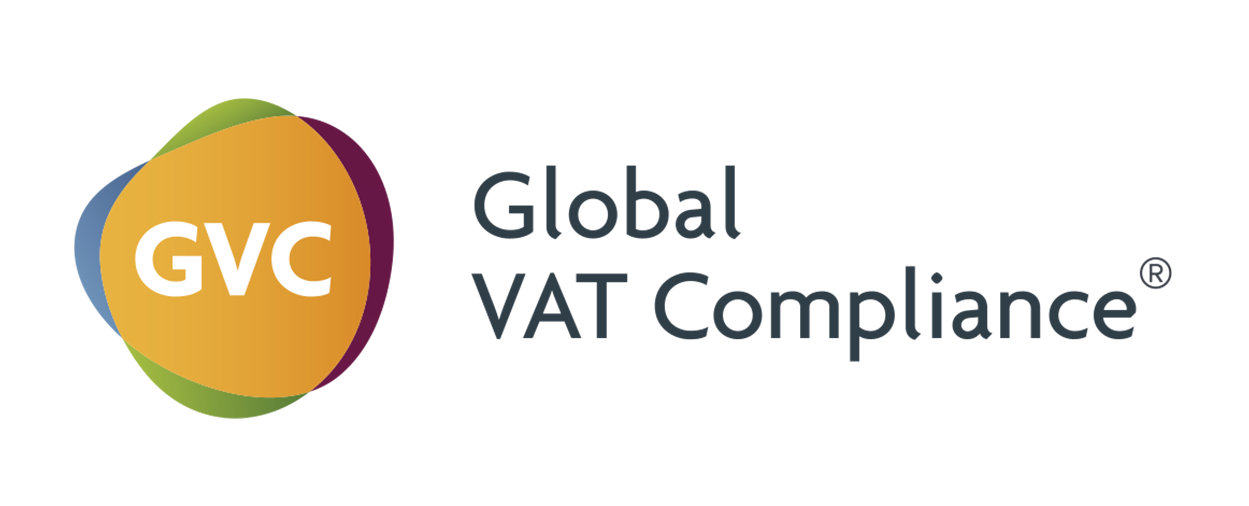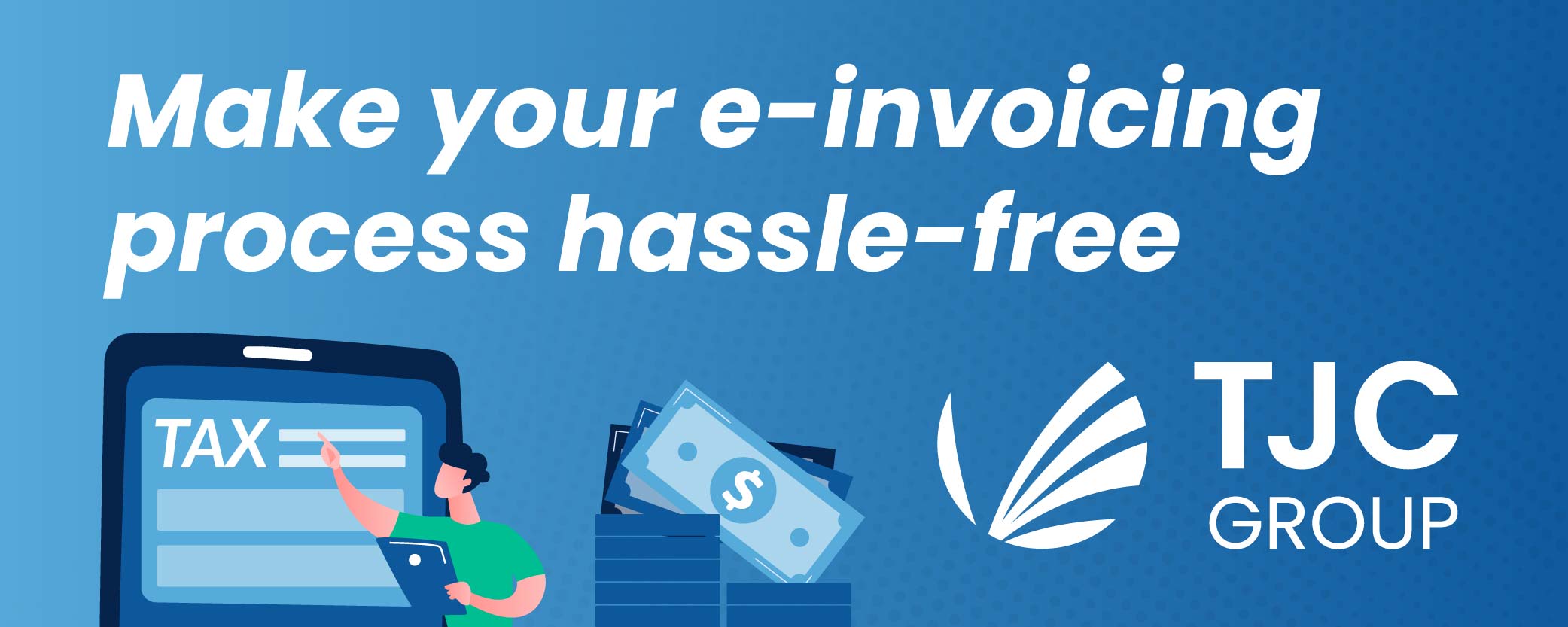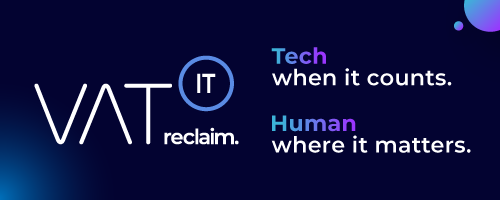Saudi-Arabia
On December 4, 2021, Saudi-Arabia launches their e-invoicing system (Fatoorah) in two phases:
- Phase 1: the generation phase (issue and archiving)- is launched on Dec 4, 2021
- The first phase aims to move suppliers away from handwritten invoices and paper storage and prepare them for phase 2.
- Invoices need to be generated in an electronic format
- Business need to use an appropriate e-invoicing solution on-premises, in the cloud, or in hybrid mode
- E-invoices are to be stored electronically
- Supplier needs to send a copy of the invoice to the buyer
- The use of a QR code on B2B invoices is optional, but mandatory for e-invoices issued to final customers (B2C)
- Manual invoices will no longer be accepted
- Transactions included are domestic, zero rated and exports
- Excluded are exempt supplies, import of goods and transaction subject to reverse-charge
- Phase 2: the integration phase (live invoice reporting) – will start as of January 1, 2023
- Roll out is in waves depending on taxpayer class
- ZATCA will inform taxpayers at least 6 months before their mandatory integration date
- E-invoices must be issued in either of the two regulated formats (XML or PDF/A3 with embedded XML)
- E-invoices need to issued through specific e-invoicing solutions that comply with the new ZATCA system
- All e-invoices will go through ZATCA’s new invoicing platform via an API integration connecting each invoicing system to the central platform
- To ensure integrity, e-invoicing solutions must include following features:
- a digital signature
- a unique universal identifier (UUID)
- a hash value
- a QR code
For all other newsitems om E-Invoicing in Saudi-Arabia, click HERE
United Arab Emirates
UAE may follow to implement E-Invoices in 2022 or 2023.
To follow E-Invoicing developments in UAE, click HERE
Check also the previous articles on ”Looking back @2021”














